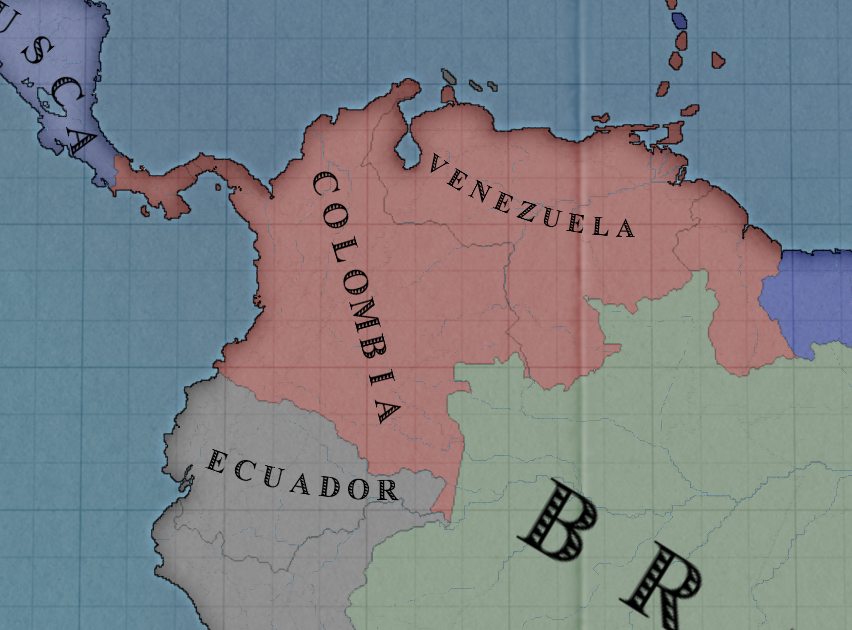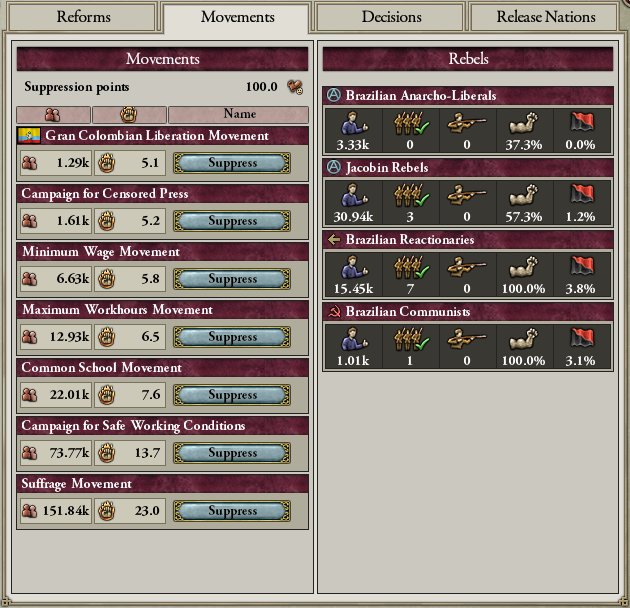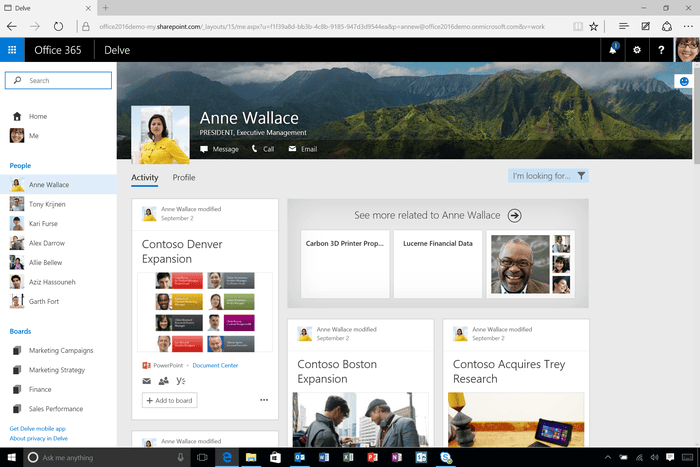Victoria 2 Jacobin Rebels
Posted By admin On 30.12.20Fixed a bug with Jacobin rebels Added a.mod file for the map mods folder Fixed numerous small bugs removed a few ahistorical tags Added more fish provinces Changed colonial migration slightly /gsg/Vickymod 1.05 Added an Indonesian core to Madura when Indonesia forms Divided Java into 3 regions Nerfed statue of liberty modifier. Victoria 2 Jacobin Rebels - crazesystem. Jacobin Rebels Edit. Available to pops with at least 10% liberal, anarcho-liberal or conservative ideology chance increases the greater the percentage of liberal ideology support. Victoria 2 - Pop Demand Mod Wiki is a FANDOM Games Community. View Mobile Site.
Our editors will review what you’ve submitted and determine whether to revise the article.
Join Britannica's Publishing Partner ProgramMay 04, 2017 Let's play Victoria 2 v3.04 as Ireland! This is the latest beta patch released by Paradox. We'll be aiming to become a Great Power and keep it that way. We may invade the UK along the way. Let's play Victoria 2 v3.04 as Ireland! This is the latest beta patch released by Paradox. We'll be aiming to become a Great Power and keep it that way.
and our community of experts to gain a global audience for your work! The Editors of Encyclopaedia BritannicaLouis-Philippe, also called (1793–1830) Louis-Philippe, duc d’Orléans, byname Citizen King, French Roi Citoyen, (born October 6, 1773, Paris, France—died August 26, 1850, Claremont, Surrey, England), king of the French from 1830 to 1848; having based his rule on the support of the upper bourgeoisie, he ultimately fell from power because he could not win the allegiance of the new industrial classes.
The Jacobin officer (1790–93)
Louis-Philippe was the eldest son of Louis-Philippe Joseph de Bourbon-Orléans, duc de Chartres, and Adélaïde de Bourbon-Penthièvre. At first styled duc de Valois, he became duc de Chartres when his father inherited the title duc d’Orléans in 1785. At the outbreak of the French Revolution in 1789, Louis-Philippe joined the group of progressive nobles who supported the Revolutionary government. He became a member of the Jacobin Club in 1790, and, when France went to war with Austria in April 1792, he joined the Army of the North. His exemplary conduct in the early engagements of the French Revolutionary wars soon won him promotion to command of a brigade. In September 1792 Louis-Philippe became lieutenant general on the staff of Gen. François-Christophe Kellermann, and he was present at the Battle of Valmy (September 20, 1792). His father, meanwhile, had changed his name to Philippe Égalité and had been elected to the National Convention in Paris. Louis-Philippe subsequently served under Charles-François du Périer Dumouriez in Belgium and was present at the victory of the Battle of Jemappes (November 6, 1792) and at the defeat at Neerwinden (March 18, 1793). After Neerwinden, Louis-Philippe associated himself with Dumouriez in deserting the Revolutionary cause and in coming to terms with the Austrians. However, he did not put his services at the disposal of the enemies of France. Instead, he went to Switzerland, where he joined his sister Adélaïde, who had earlier gone there from Tournai. Despite the fact that he had voted for the execution of Louis XVI in January 1793, the elder Louis-Philippe was arrested in Paris after his son’s desertion.

Exile (1793–1814)
For a time the refugee Louis-Philippe taught at the college at Reichenau in the canton of Graubünden (Grisons), using the assumed name Chabaud de la Tour. The execution of Philippe Égalité in November 1793 made Louis-Philippe the duc d’Orléans, and he became the centre of the Orleanist intrigues. He refused to countenance any plan to set himself up as king in France, however, possibly because he was negotiating with the revolutionaries for the release of his two brothers, the duc de Montpensier and the comte de Beaujolais, who had been arrested at the same time as their father. Louis-Philippe traveled in Scandinavia for about a year (1795–96). He then sailed to the United States and settled in Philadelphia, where in February 1797 he was joined by his brothers. They spent more than two years in America, until, on hearing of Napoleon Bonaparte’s Coup of 18–19 Brumaire (November 9–10, 1799), Louis-Philippe decided to return to Europe. By the time he and his brothers reached England early in 1800, the power of the first consul was so well established that there was no hope of intervening in France. Instead, the house of Orléans became reconciled with the elder branch of the Bourbon family. Even so, Louis-Philippe never took up arms to fight with émigré forces for the royalist cause against other Frenchmen, as the princes de Condé had done. Perhaps Louis XVIII mistrusted Philippe Égalité’s son too much to allow him any close contact with French troops, or perhaps Louis-Philippe himself merely preferred to remain with his brothers, who had both developed tuberculosis (Montpensier died in 1807, Beaujolais in 1808).
In 1809, after a long residence at Twickenham in Middlesex, England, Louis-Philippe went to join the Neapolitan royal family at Palermo in Sicily. On November 25 he married Marie-Amélie, a daughter of King Ferdinand IV of Naples and Maria Carolina of Austria. About this time there was some suggestion that Louis-Philippe should join the English forces in the Peninsular War. Maria Carolina—who held the real power in Naples and whose sister Marie-Antoinette had been executed by the French Revolutionary government—had long backed the campaign against the Revolutionary armies and Napoleon. She certainly would have supported such a move by her son-in-law, but nothing came of it, probably because Louis XVIII again feared any activity that might further the Orleanist cause.
The Bourbon restoration
Louis-Philippe returned to France at the First Restoration (1814). Although Louis XVIII refused to grant Louis-Philippe the style of royal highness (later allowed to him by Charles X), the king did grant Louis-Philippe the dignities traditionally held by the head of his family. More important perhaps, Louis-Philippe regained possession of the family estates and forests that had not been sold after his own emigration and his father’s execution. During the Hundred Days (1815) he returned to England instead of following the court to Ghent.
It is a specific channel handling Volume License related queries and questions. Meanwhile, here are some related articles for your reference: Deployment options for admins for Office 2016 for Mac (search for Volume License) Volume License Serializer for Office 2016 for Mac. Regards, Tina. Jan 15, 2016 If you want to activate volume license editions of Office 2016, Visio 2016, or Project 2016 with a KMS host or Active Directory-Based activation, you need to first install Office 2016 Volume License Pack. When an Office 2016 volume edition client is installed, it will automatically attempt to activate via either Active Directory by using its. Volume license for office 2016 mac. Jun 04, 2019 Applies to: Office 2019 for Mac, Office 2016 for Mac. The Volume Serializer (VL) is used to activate Office 2019 for Mac or Office 2016 for Mac as a volume licensed version. It's an approximately 4 mb package file that you run on a user's computer, either before or after you've installed Office. Download the Volume License (VL) Serializer from. Applies to: Office for Mac, Office 2019 for Mac, Office 2016 for Mac. To use Office for Mac in your organization, it needs to be activated. How you activate Office for Mac depends on whether your organization has an Office 365 (or Microsoft 365) plan or has a volume license agreement. But in both cases your users won't have to enter any product. Volume Licensing Service Center The Computer Center, Prince of Songkla University. Office 2016 for Mac Standard Office 2016 for Mac Standard. September 10, 2018.
Under the second Restoration the duc d’Orléans was a steady and more or less open adherent of the liberal opposition, entertaining its most prominent deputies and journalists at the Palais Royal and giving open patronage to the opposition newspaper Le Constitutionnel as well as tacit support to the more radical and Orleanist organ Le National (founded in January 1830). He may have been aware of various plots against the regime, such as that of Jean-Paul Didier at Grenoble in 1816. Meanwhile, he sent his sons to be educated at the Collège Henri IV in Paris instead of employing private tutors as was customary among the nobility; he was a member of the Paris Philhellenic committee; and, above all, he was occupied in recovering and restoring the estates and property that had belonged to his family before the Revolution. Although the indemnity granted in 1825 to the émigrés for estates seized during the Revolution was opposed by his political friends, the duc d’Orléans was one of its principal beneficiaries, and it added several million francs to his fortune. Even so, he had to provide for six sons and three daughters. Thus, he was glad to help the baroness de Feuchères to win recognition at court in return for her services in persuading her lover, the last prince de Condé, to make Louis-Philippe’s son Henri, duc d’Aumale, his residuary legatee. Later, when Louis-Philippe had become king and his eldest son, Ferdinand-Louis-Philippe, was heir to the royal domain, he could reserve the Orléans inheritance for his other sons instead of merging it with the crown lands.
- born
- October 6, 1773
Paris, France
- died
- August 26, 1850 (aged 76)
Surrey, England

Victoria 2 Jacobin Rebels Democracy

Victoria 2 Jacobin Rebels Book
- king, France (1830-1848)
Victoria 2 Jacobin Rebels Movie
- spouse Marie-Amélie de Bourbon
- father Louis-Philippe-Joseph, duc d’Orléans
- son Henri-Eugène-Philippe-Louis d’Orléans, duc d’Aumale
- son Ferdinand-Louis-Philippe-Charles-Henri, duc d’Orléans
